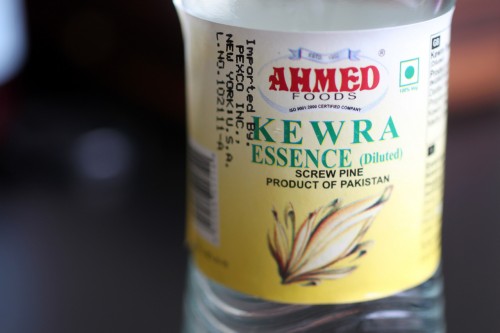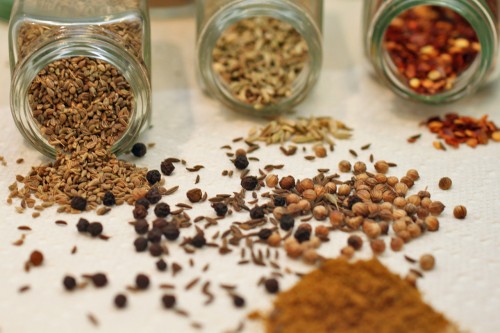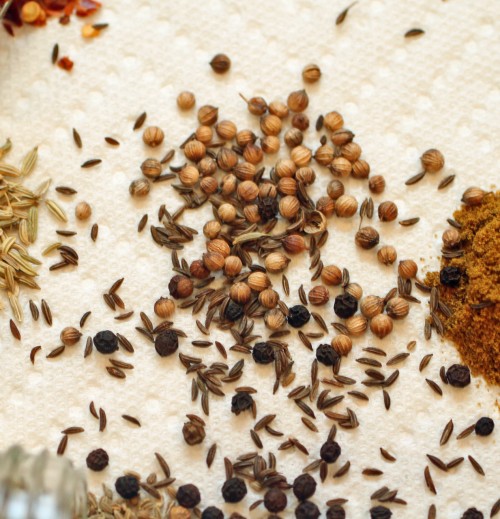Filé Powder
I am headed to New Orleans this weekend to do some serious Creole cooking, so I thought it would be appropriate to end this week with an ingredient that is key to NOLA cuisine – filé powder. This spice is made from the dried, young leaves of the American sassafras tree (NOT the root bark, where root beer flavor comes from).
Filé powder is a key ingredient in that most beloved of dishes, gumbo. The flavor is distinctive and to me tastes earthy or green. Some describe it as a combo between thyme and savory, but I find it really hard to pin down.
There seems to be an argument out there – when to include the spice, when not. Gumbo has long been a debatable food, with each cook having his or her own secrets. Many believe that when okra is included, filé shouldn’t. And vice versa. Both actually go beyond adding flavor to thicken gumbo and give it that signature texture.
A few things about filé powder…(1) It should be added to gumbo at the end and not to the entire pot! If filé is boiled, it becomes super stringy, so just stir it in off the heat or to individual bowls. (2) Filé loses flavor when stored for long periods of time, so buy in small quantities…

















